#cloudcomputingsolutions
Explore tagged Tumblr posts
Text
Top 7 Striking Cloud Computing Trends For Business Success In 2025
Cloud computing has been the talk of the industry for decades, improving business efficiency.
With new technological advancements, cloud computing has become more efficient and beneficial for growing businesses.
From AI taking charge to optimize cloud infrastructure to edge computing helping deliver fast responses, the cloud computing landscape is about to change in 2025.
In 2025, businesses will witness a cloud revolution and experience how new cloud trends will make a significant difference.
If you want to thrive in your respective niche, then considering these cloud trends will help you grow unexceptionally.
Let’s explore these top 7 cloud computing trends.
1. Artificial intelligence and Cloud
AI will change the entire landscape of how the cloud manages resources.
In 2025, AI will not be another service running on the cloud; it will optimize all cloud operations from ground to top level.
With advanced AI algorithms, the cloud will predict the resources required by providing real-time insights for resource allocation.
From automatic scaling to improving end-to-end security posture, cloud computing will offer a seamless experience.
If you are ready to embrace AI on top of the cloud, the results are extraordinary-
Unexceptional performance
Reduced unnecessary cost
Fewer human errors
More security, and
Efficient resource allocation
Optimized pricing models.
With leading AWS expertise, businesses can stay ahead by integrating AI at every step in cloud operations.
2. Edge Computing and Cloud
Edge computing is making strides and significant developments when combined with cloud computing.
It has made it possible to generate lightning-fast decisions by combining the computational power of edge computing while leveraging cloud-based intelligence.
Recently, we have seen how self-driving cars making an impact with their quick decision capabilities and cloud computing intelligence.
Not only the automotive industry, but edge computing is also changing healthcare with precise robotic surgery and deep learning capabilities of the cloud.
Combining these two technologies will help businesses to
Make decisions faster and more efficiently.
Offer smarter products and services that learn and adapt.
Provide better customer experiences.
Save costs and scale operations easily.
Improve security by keeping sensitive data local while still using the cloud for broader insights.
3. Quantum Computing becoming the mainstream
2025 is all about quantum computing. However, it has already started to find its way into real-world applications, especially cybersecurity.
Businesses might not be ready for heavy hardware investment but can leverage the power of quantum computing via cloud services.
Industries like IBM, Google, Microsoft, and Amazon the top cloud players are providing access to this quantum technology.
Today, most businesses are using it for advanced cybersecurity, drug discovery, and other cloud services.
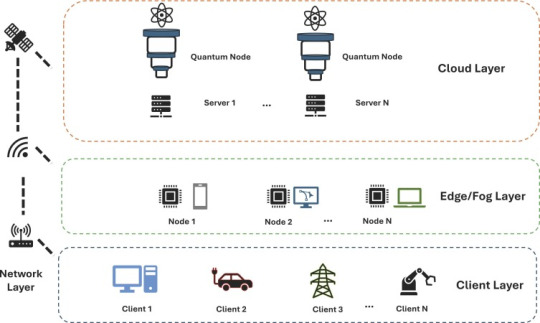
Image Source: sciencedirect.com
Combining the cloud with Quantum computing helps businesses to
Analyze a larger set of data
Advanced security
Reduce the training time of ML and DL models, improving accuracy rates
Develop innovative solutions for complex applications.
4. Hybrid and Multi-Cloud Approach
The time has gone when businesses used to rely on a single cloud provider to optimize their operations.
Now, with the introduction of hybrid and multi-cloud approaches, businesses have come out of vendor lock-in challenges.
Today, more than 80% of businesses opt for a multi-cloud approach for better efficiency, and resilient cloud architecture that prepares businesses for any opportunity and challenge.
Also read- Why Businesses Adopt a Multi-cloud Strategy for Success?
5. Generative AI Improves Cloud Development
Generative AI is here to make developers smarter while reducing manual work and optimizing how they develop intelligent solutions. The same goes for the cloud development.
Gen AI powers developers to automate and streamline cloud-based solutions development.
Developers can generate and optimize codes while creating a seamless developing experience with personalized interfaces that align with their technical expertise.
By integrating generative AI into cloud platforms, businesses can create more innovative and intelligent applications, enhance user experiences, and improve operational efficiency, all while driving faster innovation in the tech industry.
Some popular Gen AI tools for cloud developers are-
AWS CodeWhisperer- AI-powered code suggestion tool designed specifically for developers building cloud applications on Amazon Web Services (AWS)
Azure OpenAI Service- allows developers to integrate OpenAI’s GPT models (like ChatGPT and Codex) into their cloud applications hosted on Microsoft Azure
Google Cloud AI and AutoML- offers various AI tools, including AutoML, which automates the creation of custom machine learning models for specific cloud applications without requiring deep expertise in AI.
6. Supercloud
After hybrid and multi-cloud, supercloud is another evolution in IaaS (Infrastructure as a Service).
It has made it possible for multi-cloud businesses to manage their data across different platforms.
With Supercloud a unified management layer, businesses can now openly choose multiple cloud vendors without worrying about their data syncing with each other.
It can also integrate edge computing to provide a unified infrastructure and user experience.

Image Source: f5.com
This abstraction layer allows businesses to access and govern the data across on-premises, public, and private clouds.
If you have large business data spread across regions, this trend is here to simplify your data complexity.
This approach provides businesses with service agreements with their chosen vendors.
It means businesses can reconfigure their infrastructure on the go through a supercloud interface to move services across platforms or servers in different locations.
Also read- Cloud Managed Services for Business Growth in 2025
7. Sustainability- Green Computing
Every business must know that implementing cloud computing can have a significant environmental cost, contributing to global greenhouse emissions.
Cloud computing and data centers account for about 1.8% of U.S. electricity consumption. This number would increase with the increase in cloud computing spending.
However, leaders like AWS and other cloud providers are taking the initiative for a 100% sustainable cloud approach by 2025, making it not just a trend but a growth opportunity for businesses to compete. Also, Google is ready to operate carbon-neutrally.
Are these Cloud Trends for You?
Well, it is the foremost question to ask yourself. Is your business strong enough to leverage these trends and benefit from them?
It might be possible that your business is not ready for the cloud revolution but it might be in 2025.
So, understanding these trends is necessary for you to get started. Consult with leading cloud development companies who will understand your business proposition to integrate the right trend at the right time before your business falls back.
For Content Source URL: Click Here
#CloudComputingTrends#CloudComputingServices#CloudComputingSolutions#CloudComputing#FutureTrendsinCloudComputing#Importanceofcloudcomputing
0 notes
Text

Cloud-Based Solutions for Legal Practice Efficiency
Enhance your legal practice's efficiency with our cloud-based management solutions. Offering secure, efficient, and accessible tools, our cloud computing solutions streamline case management and improve client service. Revolutionize your operations with our innovative technology.
0 notes
Text

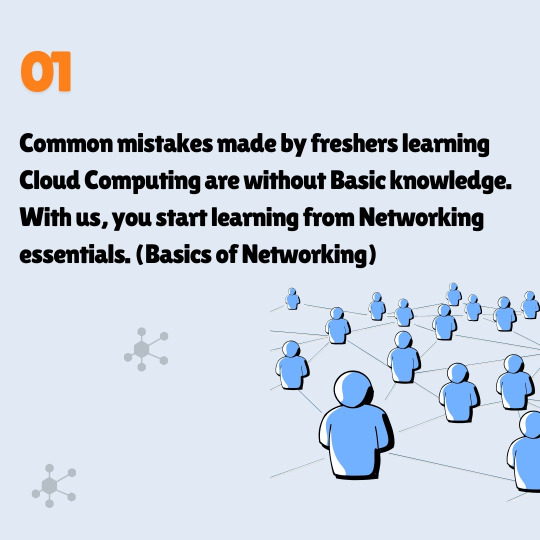
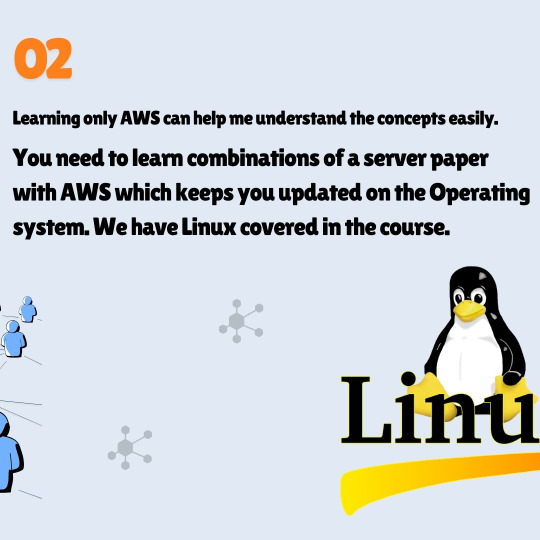
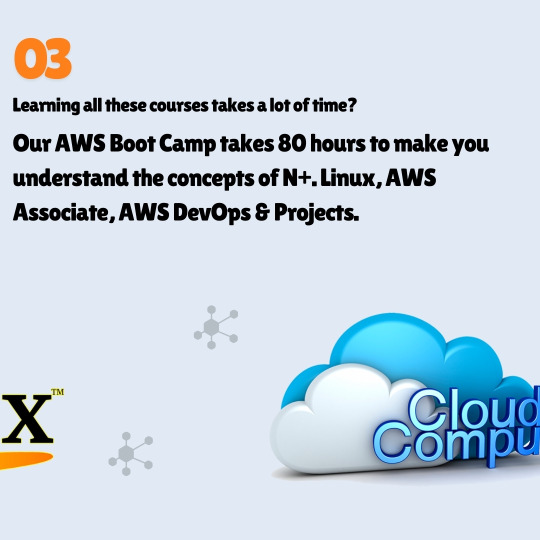
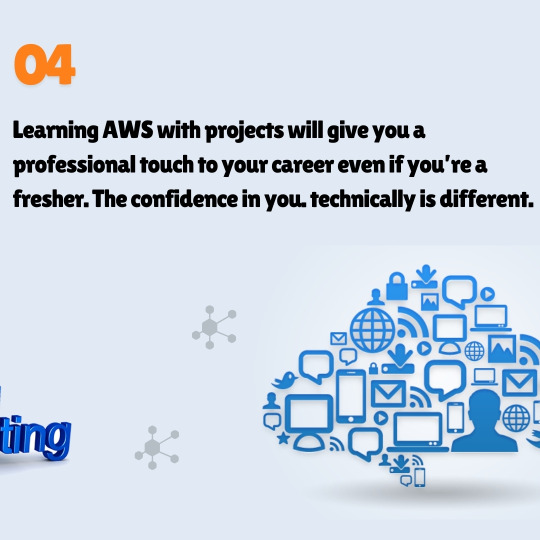
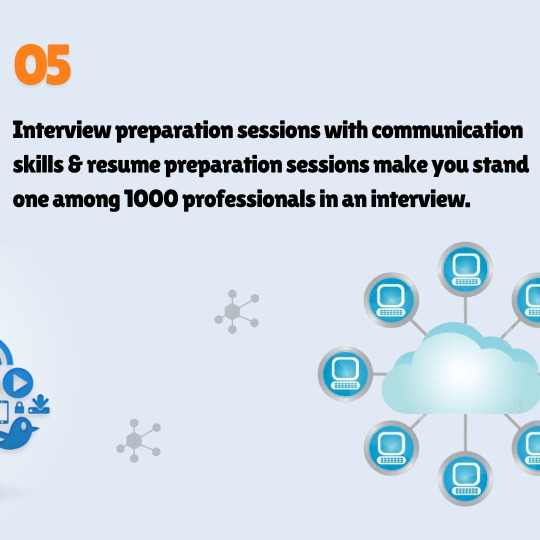
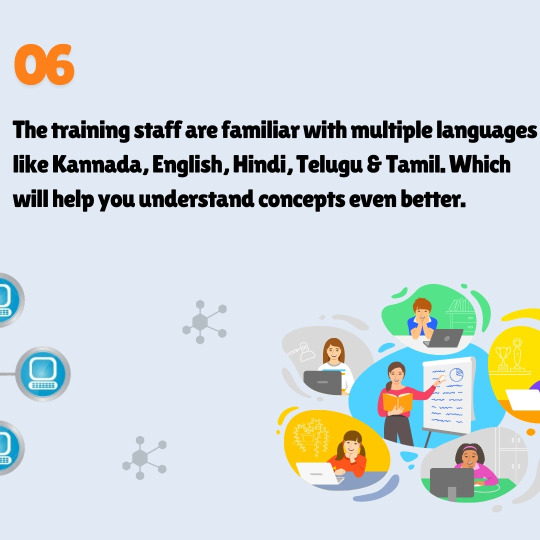
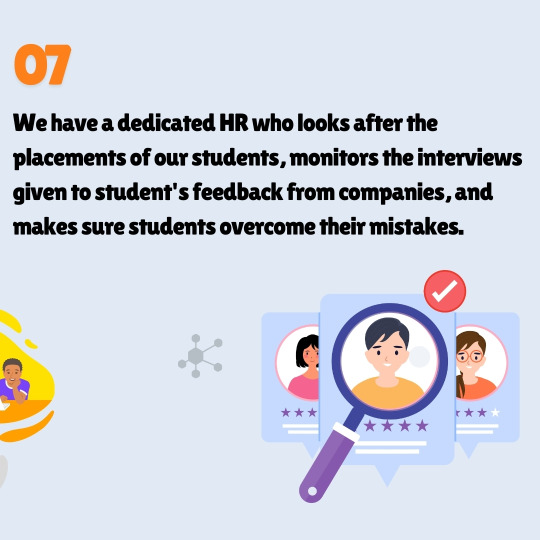

In recent years, cloud computing has established itself as one of the most popular software choices among enterprises worldwide.
Its most desirable feature is the ability to connect to it from anywhere in the globe. Furthermore, it improves operational efficiency and lowers IT costs.
Here are the top seven benefits of learning cloud computing with INNOVATIVE ACADEMY.
Visit: https://innovativeacademy.in Call us: +91 8447712333
#cloudecomputing#cloudcomputingservices#cloudcomputingsystem#cloudcomputingtraining#cloudcomputingsolution#cloudcomputingcourse#cloudcomputingarchitecture#awscloudcomputing#cloudcomputingcourses#cloudcomputingsolutions#cloudcomputingapplications#cloudcomputingtechnology#cloudcomputingfacts#learncloudcomputing#cloudcomputingisthefuture#futureofcloudcomputing
0 notes
Text

What is Cloud Computing?
Cloud computing refers to the delivery of computing services over the internet, allowing users to access and utilize shared resources and applications remotely.
.
.
.
Link:- https://indianitexpert.com/what-is-cloud-computing/
.
.
#cloudcomputing #cloudcomputingservices #cloudcomputingsystem #cloudcomputingsolution #cloudcomputinglogo #whatiscloudcomputing #hybridcloudcomputing #googlecloudcomputing #dotnetinstitute
0 notes
Text
Cloud computing has completely changed how businesses handle their IT infrastructure. In the past, companies had to make costly hardware and software investments to create their IT systems. However, thanks to cloud computing, businesses can now access processing power and storage on demand without making sizable hardware investments.
𝐓𝐡𝐞 𝐟𝐨𝐥𝐥𝐨𝐰𝐢𝐧𝐠 𝐥𝐢𝐬𝐭 𝐨𝐟 𝐟𝐚𝐜𝐭𝐨𝐫𝐬 𝐦𝐚𝐤𝐞𝐬 𝐜𝐥𝐨𝐮𝐝 𝐜𝐨𝐦𝐩𝐮𝐭𝐢𝐧𝐠 𝐭𝐡𝐞 𝐟𝐮𝐭𝐮𝐫𝐞 𝐨𝐟 𝐈𝐓 𝐢𝐧𝐟𝐫𝐚𝐬𝐭𝐫𝐮𝐜𝐭𝐮𝐫𝐞:
1) 𝐒𝐜𝐚𝐥𝐚𝐛𝐢𝐥𝐢𝐭𝐲: Thanks to cloud computing, companies can scale up or down their computing and storage needs as necessary. This implies that companies don't need to spend money on new hardware or software to adjust rapidly to changes in demand.
2) 𝐂𝐨𝐬𝐭-𝐞𝐟𝐟𝐞𝐜𝐭𝐢𝐯𝐞𝐧𝐞𝐬𝐬: Since companies only pay for the services they actually use, cloud computing is economical. This eliminates the need for significant, often-expensive, up-front expenditures in hardware and software.
3) 𝐀𝐜𝐜𝐞𝐬𝐬𝐢𝐛𝐢𝐥𝐢𝐭𝐲: Cloud computing allows companies to view their data and applications anytime, anywhere. Employees will be able to work online as a result, which could increase productivity and lower office space costs.
4) 𝐅𝐥𝐞𝐱𝐢𝐛𝐢𝐥𝐢𝐭𝐲: Businesses can select from a range of cloud services using cloud computing, including Infrastructure-as-a-Service (IaaS), Platform-as-a-Service (PaaS), and Software-as-a-Service. (SaaS). Thanks to this flexibility, businesses can select the services that best suit their requirements.
5) 𝐒𝐞𝐜𝐮𝐫𝐢𝐭𝐲: To safeguard their data and applications, companies can use cloud computing, which offers robust security features. This covers data encryption, firewalls, and multi-factor identification.
6) 𝐃𝐢𝐬𝐚𝐬𝐭𝐞𝐫 𝐫𝐞𝐜𝐨𝐯𝐞𝐫𝐲: Built-in disaster recovery features are offered to companies by cloud computing. As a result, companies can rapidly recover from disasters like natural disasters, cyberattacks, or hardware malfunctions.
The future of IT architecture is cloud computing, to sum up. It is the best option for companies of all sizes due to its scalability, cost efficacy, accessibility, flexibility, security, and disaster recovery capabilities. Consider working with a dependable cloud service provider immediately if you want to update your IT infrastructure and profit from all that cloud computing offers.
𝐅𝐨𝐫 𝐦𝐨𝐫𝐞 𝐢𝐧𝐟𝐨𝐫𝐦𝐚𝐭𝐢𝐨𝐧: www.qservicesit.com

#cloudcomputing#cloudcomputingservices#cloudcomputingsolutions#itinfrastructuresolutions#itinfrastructureservices#itinfrastructuremanagement#QServices
0 notes
Text
What’s the buzz between cloud computing and quantum computing?
With cloud computing, businesses are able to save on costs and improve their sustainability. But how do they compare with the power of quantum computing?
Discover why quantum is the future - from its benefits to its use cases. Get ready to take your business operations to the next level, and understand why quantum is set to revolutionize the future!


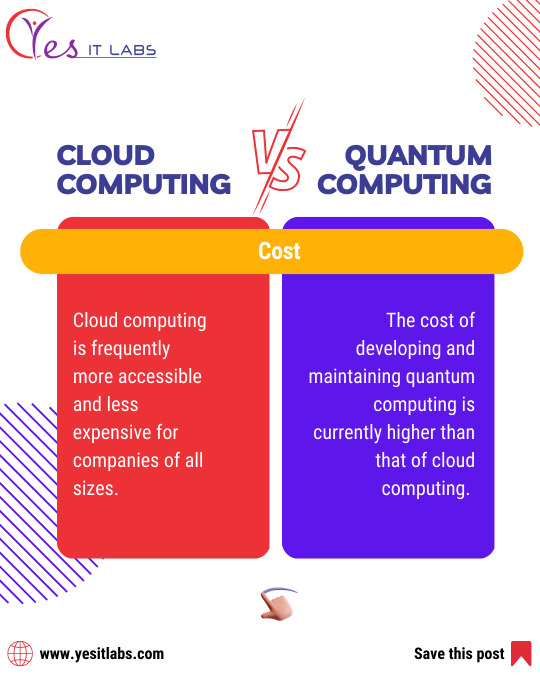
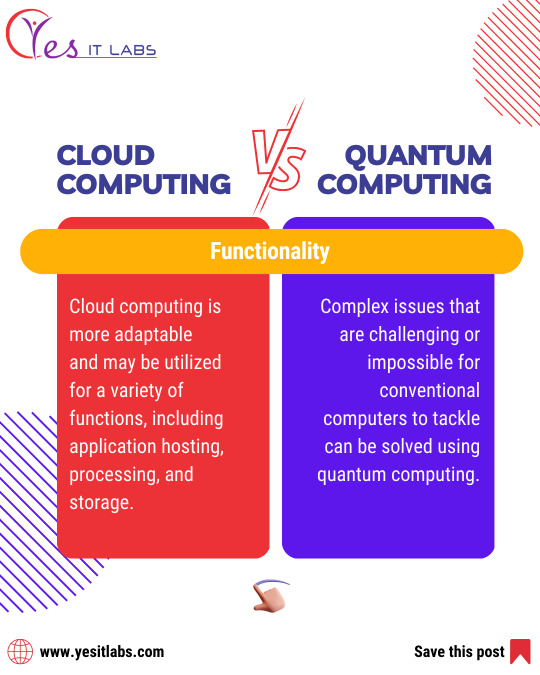
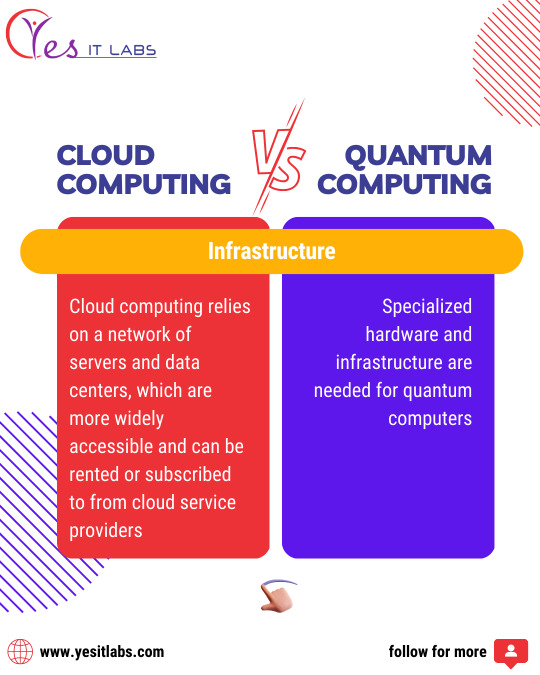
#cloudcomputing#cloudcomputingservices#cloudcomputingsytem#cloudcomputingsolutions#computing#computinghistory#cloudcommunication#cloudcomp#onlinebusinesses#businessessential#businessoperations#smallbusinesses#smallbusinessowners#quantum#quantumcomputing#quantumcomputer#smallbusinessuk#smallbusinessowner#smallbusinessusa#smallbusinessaustralia#supportsmallbusiness#helpsmallbusinesses
0 notes
Link
Cloud service providers have rendered hardware unnecessary for the operation of any website or application. As a technology company, we understand all of these concerns and always do our best to assist our clients in resolving such problems. We have distilled the key factors that will assist you in selecting the best cloud service provider.
#cloudbasedserversolutions#topcloudserverproviders#cloudbasedhostingproviders#bestcloudserviceprovider#cloudbasedservices#cloudcomputingplatforms#cloudinfrastructureservices#cloudsolutionprovider#cloudservicescompanies#cloudintegrationservices#cloudstrategy#cloudsolutions#cloudcomputingsolutions#cloudimplementationservice
0 notes
Link
Solution Analysts is a leading cloud solutions provider. We strive to maximize the benefits of a cloud-based platform with the help of user-friendly and feature-rich cloud software. Our objective is to enhance the scalability and flexibility of the enterprise while addressing the various operational challenges through robust and reliable cloud-powered solutions.
0 notes
Link
Cloud service providers have rendered hardware unnecessary for the operation of any website or application. As a technology company, we understand all of these concerns and always do our best to assist our clients in resolving such problems. We have distilled the key factors that will assist you in selecting the best cloud service provider.
#cloudbasedserversolutions#topcloudserverproviders#cloudbasedhostingproviders#bestcloudserviceprovider#cloudbasedservices#cloudcomputingplatforms#cloudinfrastructureservices#cloudsolutionprovider#cloudservicescompanies#cloudintegrationservices#cloudstrategy#cloudsolutions#cloudcomputingsolutions#cloudimplementationservice
0 notes
Text
OpenShift 101: Understanding Red Hat OpenShift

OpenShift 101: Understanding Red Hat OpenShift
Containers are one of the most fundamental components of cloud computing technologies. You may ask what is Openshift and its relevance to cloud technology. The Red Hat OpenShift product is a platform prepared for the distribution and management of Containers. It provides many benefits to corporations in terms of operation, production, human resources, equipment, and financials (also look at Openshift vs Kubernetes). Now's commercial life moves considerably more quickly than it did in the past, and many of the things we can accomplish today were just a fantasy a few years ago. Modern technology, open source communities, and innovative forms of cooperation are propelling the development and implementation of groundbreaking business concepts.
What is Red Hat Openshift?
The ability to create a product that has consumer value and makes a difference with an original concept exists now for any institution doing business everywhere, in any area, and to compete with everyone on an equal basis with this product is available to anybody doing business today. Cloud computing technologies, which allow them to bring their ideas to life fast, are what provide them with this chance. When it comes to translating a concept into value for internal or external clients, how fast you can bring an application to life makes all the difference in the world. To create and deploy their systems more quickly, companies are using hybrid cloud architectures that make advantage of Microservices and Containers. In order to do this, they must first identify the most appropriate media. The Kubernetes network is built on Red Hat OpenShift, which provides a reliable foundation. It provides enterprises with the capability they want today, such as hybrid and multi-cloud applications, among other things. Red Hat OpenShift is a platform that empowers corporate software teams to develop and deploy new technologies. It is a component of Red Hat Enterprise Linux. These teams will also benefit from the hundreds of solutions, such as security and scanning, that are available from Red Hat's many partners. To summarize, Red Hat OpenShift is an open-source cloud application framework for business application development that is based on the Kubernetes container editor and built on the Docker container platform.
Openshift vs Kubernetes
With the rise of current container-built systems, microservices packaged with their specs and settings are becoming more prevalent in the marketplace. Kubernetes is an open-source framework that allows for the deployment and scaling of such containers at a large scale. It may also refer to a ship's captain or operator in Greek. Looking at Openshift vs Kubernetes, often known as "k8s" or "k-eights," makes the process of developing, producing, and scaling containerized software much more efficient. It provides organizations running a mixed Windows and Linux workflow with a unified and integrated solution the benefits of a generic Kubernetes platform. In order to provide support for Windows containers, Red Hat OpenShift uses the Windows Machine Config Operator (WMCO), a licensed OpenShift operator developed on the Kubernetes Operator Platform and jointly supported by both Red Hat and Microsoft. With the exception of project sponsor Google, Red Hat is the leading corporate Kubernetes developer, and the company has transformed hundreds of open source projects into production-ready commercial solutions that are both reliable and secure. One of these platforms is OpenShift. In addition to all of this, Openshift provides application developers with an environment that enables several conveniences for the development of next-generation software. In order to create cloud-based apps and put them into production, a slew of various components are required, ranging from application and developer services on the one hand to monitoring tools and services on the other. How is the security dimension of Openshift vs Kubernetes? The development and integration of Windows and Linux containers will result in more mobility for developers and end users in the future. They will be permitted to distribute more material whenever and wherever they see fit. Despite this, there are still a number of concerns with container protection. When it comes to business containers, static security procedures are out of the question. The selection of credible sources for reference photos is the first step in ensuring container security. In spite of the fact that you are employing trustworthy files, introducing applications, and making program adjustments will result in the creation of new variables. Whenever you are bringing in external material to create the applications, you must be proactive in your search for security safeguards.
Why virtual machines are different from containers? And benefits:
If you are a systems expert, it might signify one of the following things to you: In comparison to virtual machines, it is a system that can work at any location, is simple to operate and use in any manner, and the applications execute on a shared kernel. According to developers, it might meanthe following. It is a software that is simple to use and can be downloaded as a single package. It can be imported into any framework within seconds of being installed. Alternatively, perhaps new technology will eventually displace virtual machines. There are certain disadvantages to virtual computers as compared to container technology. - The most notable Openshift benefit is the need for a particular virtual machine CPU, fixed memory, and high energy use. Consider the advantages of the container aspect, which include acting as a compatibility structure independent of the CPU, RAM, or layer and a shared kernel with minimal resource usage and a shared system. - With including DevOps culture and Container technology into our operations, the split of duties between Operations and App Developers has become well established in our organization. Virtual machines do not have a lightweight and compact structure. - However, when we look at the container side of things, the layer of the framework is completely independent of the bottom level. This allows you to run it in whatever environment you wish. The operating system does not matter whether you are running it on your own desktop, on your own server, or in an AWS (Amazon Web Service) environment. This is because the operating system has an independent configuration that does not need dependencies. What about the future? All efforts aim to make the internet more integrated, faster, and more seamless. OpenShift organizes all Red Hat Enterprise Linux and Windows systems with the Windows Config Operator to function as software fundamental components and allows.NET apps, NET Framework applications, and other Windows applications to run as software fundamental components. Red Hat OpenShift Windows containers can work anywhere they are available in the accessible hybrid cloud, including bare-metal databases, Microsoft Azure, AWS, Google Cloud, and IBM Cloud. As a result, there will be no need to completely re-architect or build new code, and reduced implementation costs for container-based workloads will be possible in linked IT infrastructures. When attempting to be too flexible, it is important not to lose sight of the security aspect of the situation. Read the full article
0 notes
Text
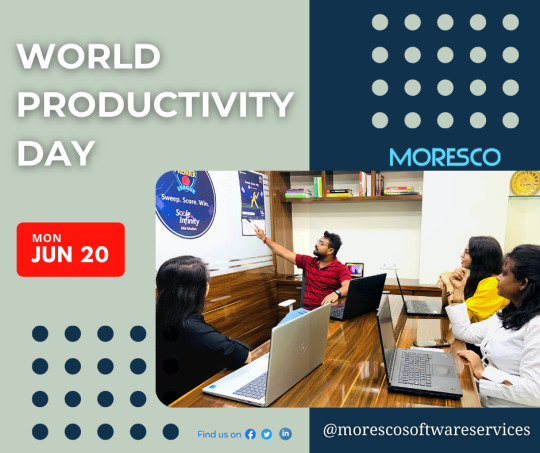
#Like#Follow#Share and Stay Tuned with#MorescoSoftwareServices to grow your business with Cloud Computing and our top class and affordable business management systems.#productiveday#hardwork#growth#cloudcomputingservices#cloudcomputingsystem#cloudcomputingsolution#cloudcomputingarchitecture#awscloudcomputing#cloudcomputingsolutions#cloudcomputingapplications
0 notes
Link
Cloud computing solutions can give your existing business the resources that it needs to compete with the best. Our cloud development services include hosting, storage, servers, and other solutions.
0 notes
Photo
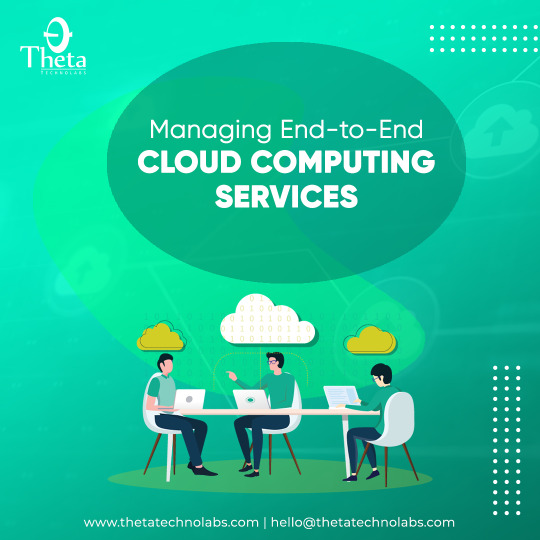
With a cloud computing solution for your company, you can reduce operational expenses, boost performance, and increase security. Get in touch with us: 📩 [email protected] �� thetatechnolabs.com
#CloudComputingServices#CloudServiceProviders#CloudServices#CloudComputingSolutions#ThetaTechnolabs#WebDevelopmentCompany
0 notes
Photo
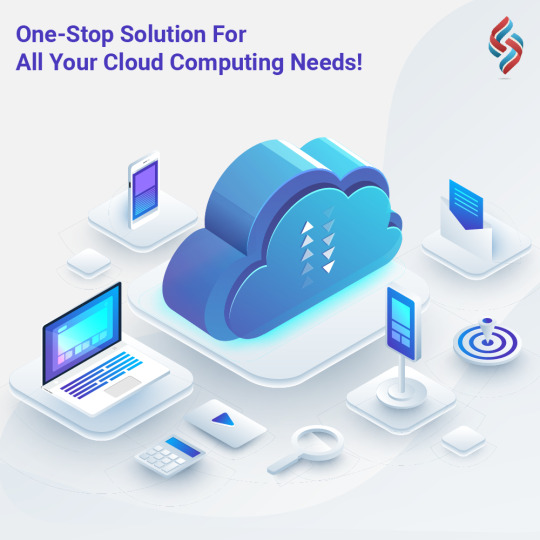
Be it Cloud Computing Consulting Services, Process Solutions, Migration, Management, or Monitoring. Our experts help you to make the best decision for your business. Talk to us @ https://bit.ly/3oLwRIW
0 notes
Link
0 notes